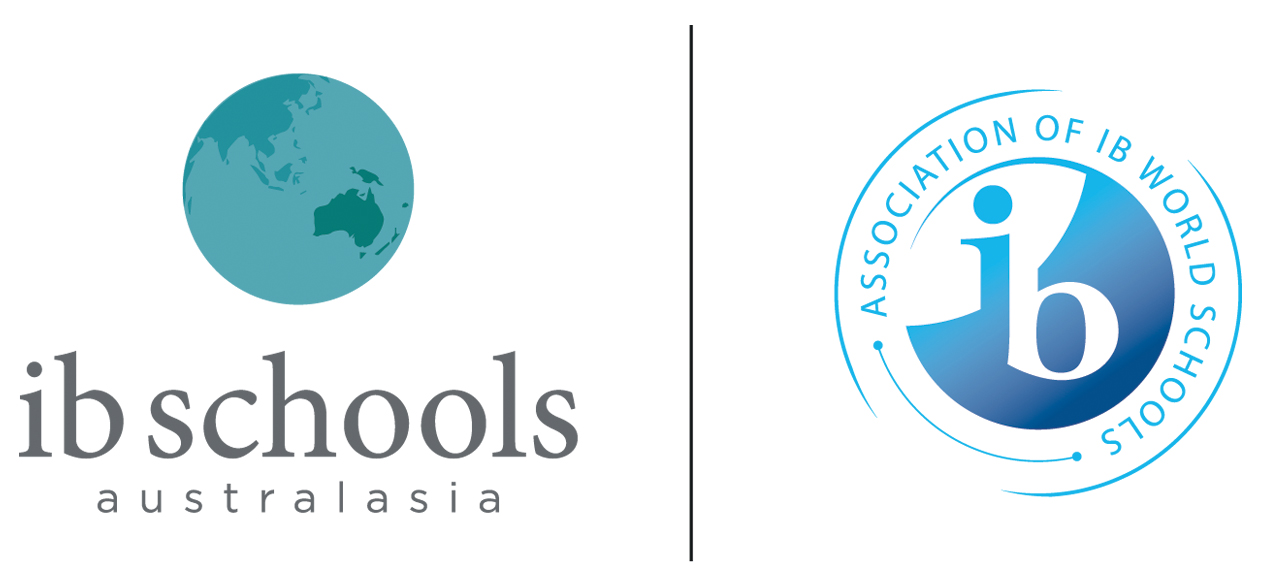How does the International Baccalaureate compare to the HSC?
October 6, 2020By Natassia Chrysanthos, The Sydney Morning Herald, October 4, 2020 — 12.10am
For decades, the Higher School Certificate has been the domain of NSW school-leavers. But the International Baccalaureate – which delivers a globally recognised educational qualification – has slowly increased its footprint in Australian schools as a credible alternative.
About 20 NSW private schools will offer the IB diploma next year, while elsewhere in Australia there has been a greater uptake among government schools. So what is the IB? How does it compare with the HSC? And could it be offered in NSW public schools?
How is the IB different to the HSC?
The IB diploma program is an alternative secondary school credential to the HSC, founded in Geneva in 1968 to cater for internationally mobile families. It has a reputation for focusing on holistic education, critical thinking and global perspectives.
Where the HSC is designed to meet the needs of all NSW students, the IB is geared towards university preparation. Unlike the HSC, where year 11 courses set foundations for year 12 study but don’t form part of HSC assessment, both years of the IB count.
A key point of difference is curriculum structure. HSC students choose from a variety of subjects: from food technology to dance and extension mathematics. There are about 27,000 course combinations, and the only compulsory subject is English.
IB students must study one subject from the arts, sciences, humanities, mathematics, as well as English and a foreign language. Three or four of these subjects are taken at a “higher level”, where students must show greater knowledge, understanding and skill. Those courses tend to emphasise the use of open-ended questions and problem-solving skills and are taught across 240 hours, while the rest are taken at a “standard level” involving 150 hours of teaching.
Students also complete a 100-hour subject on the theory of knowledge and write a 4000-word extended essay on a topic they choose. Finally, they must participate in creative, sporting and service activities, similar to the Duke of Edinburgh Award Scheme.
All students around the world sit their final exams on the same date – papers are double-marked externally and results sent back to the school – before students receive a final score out of 45.
